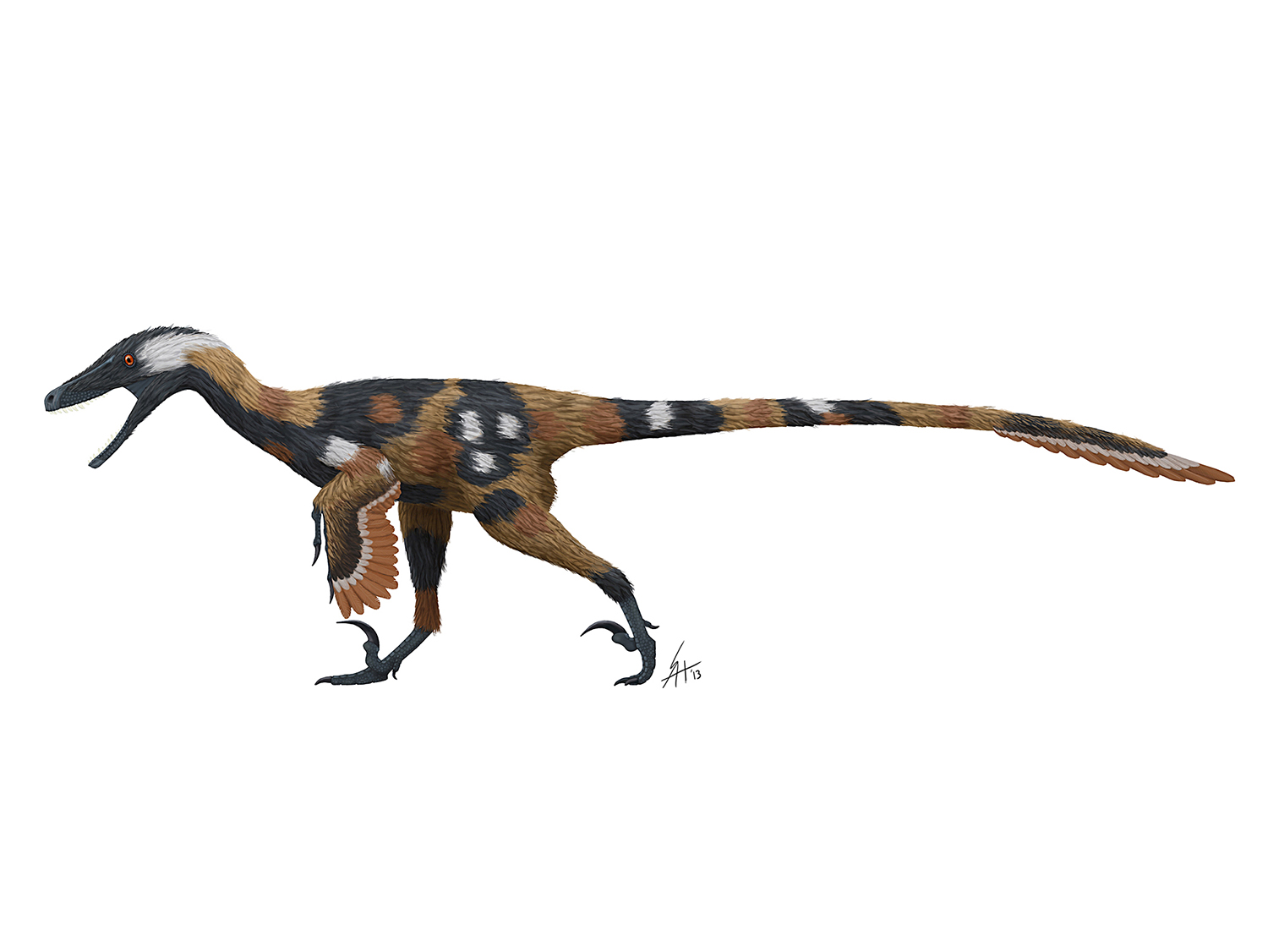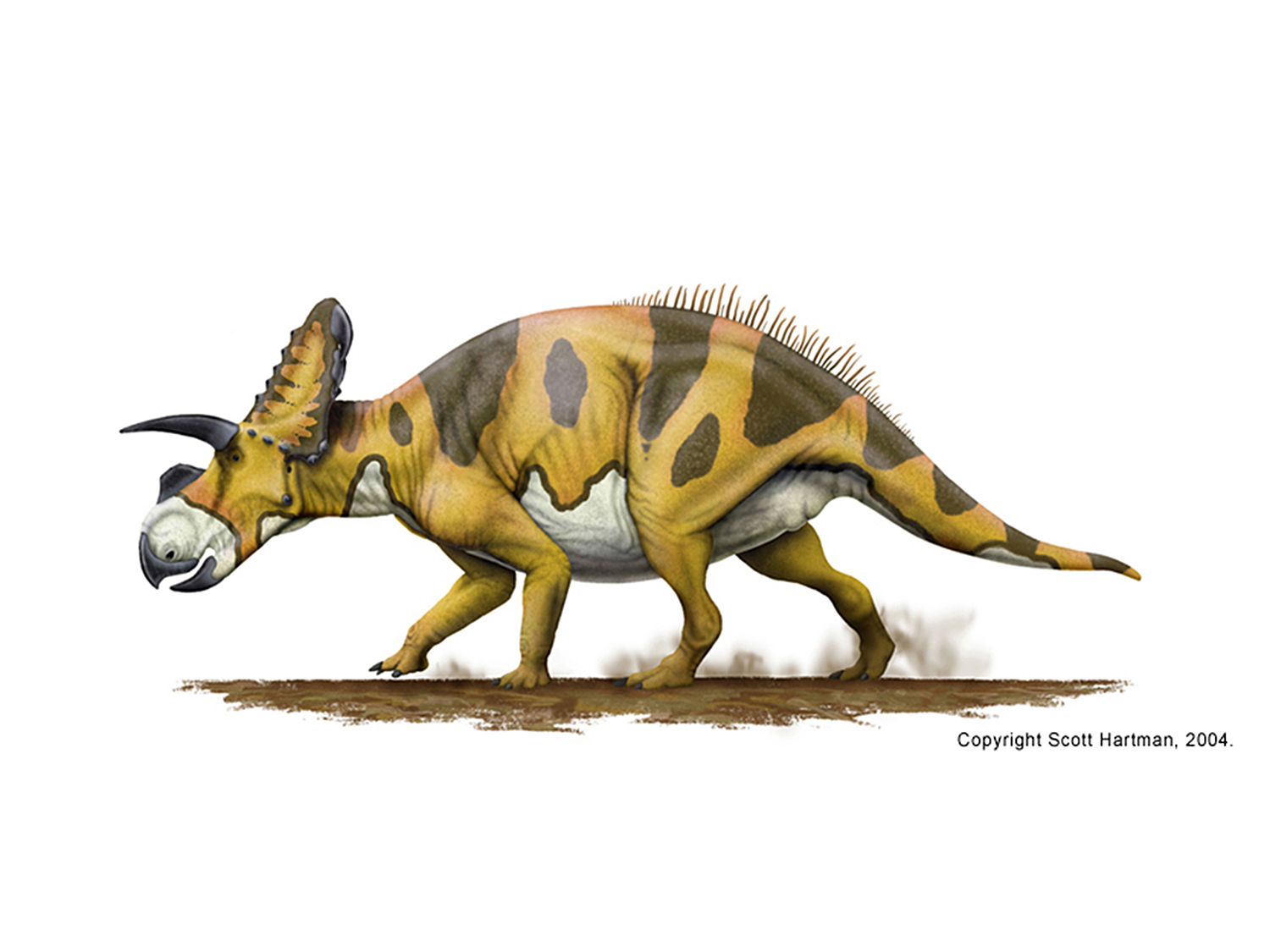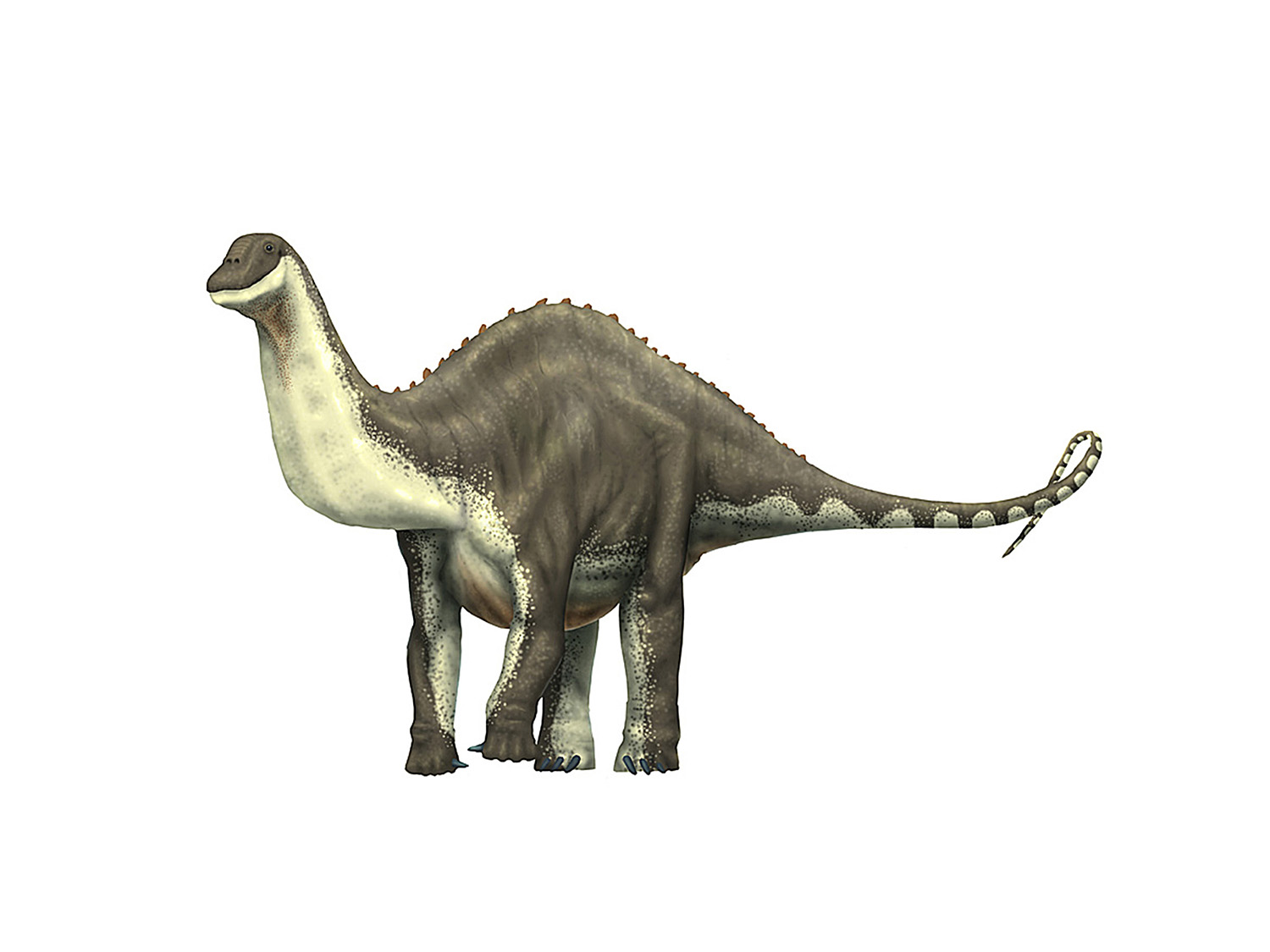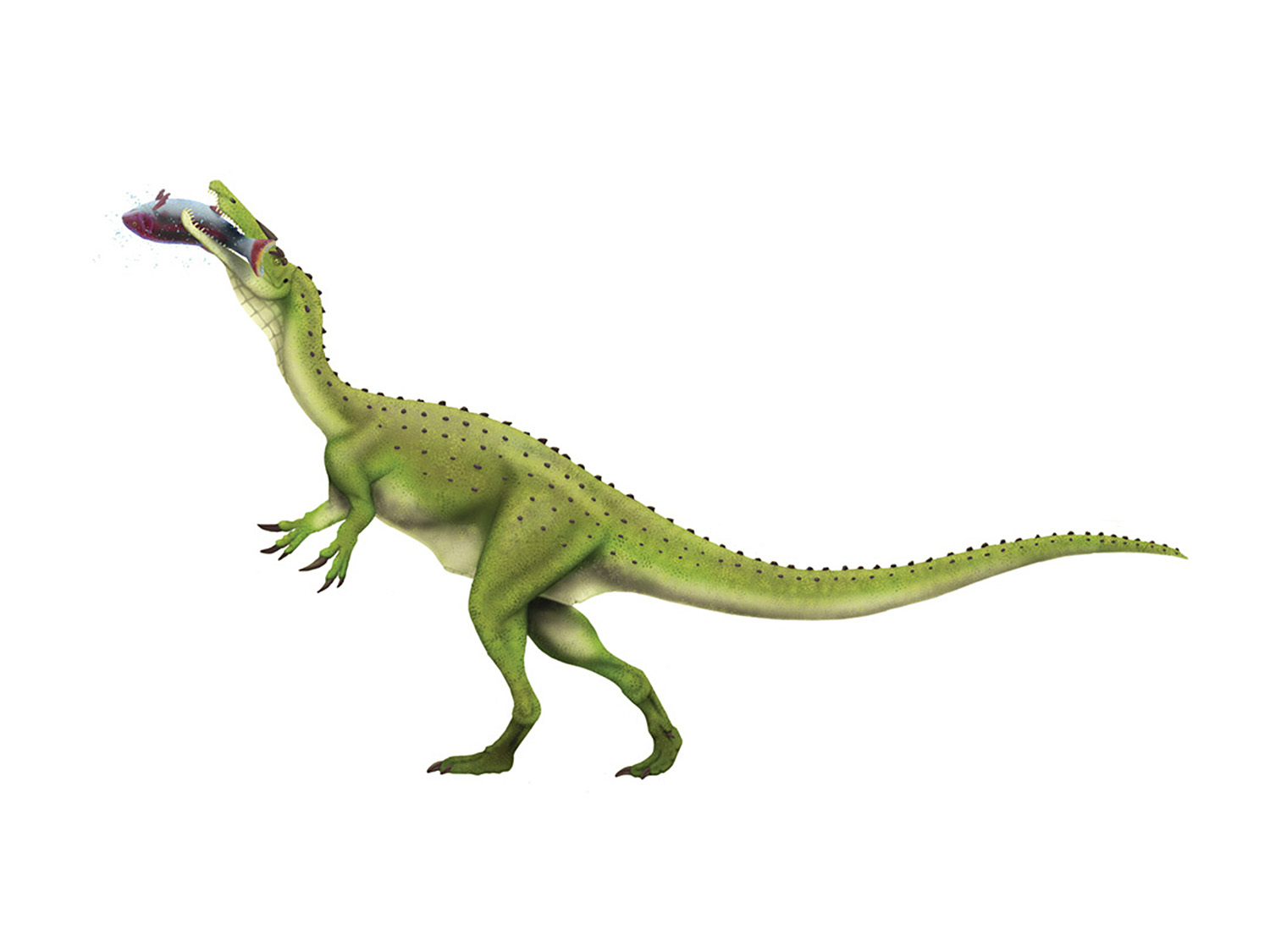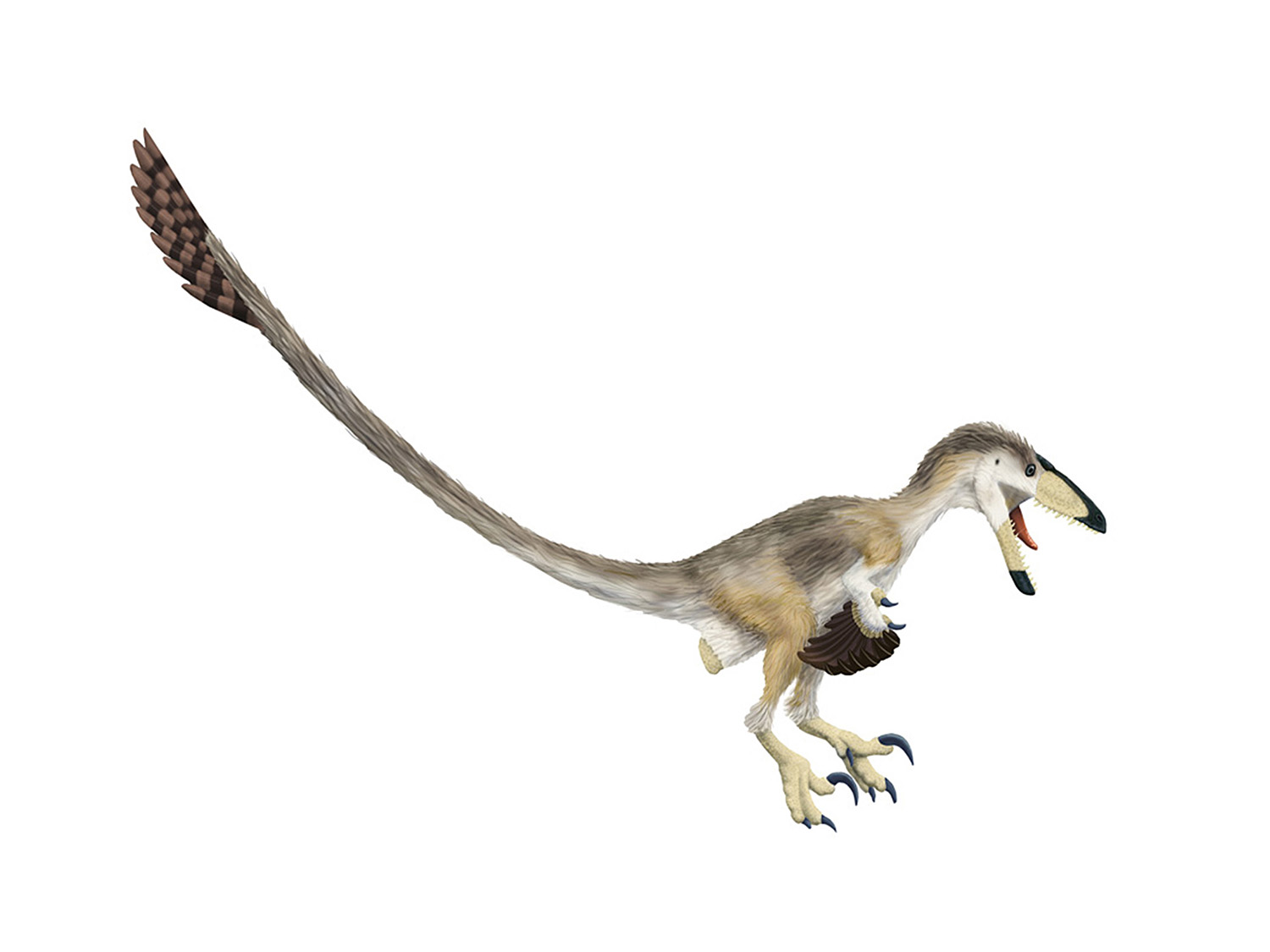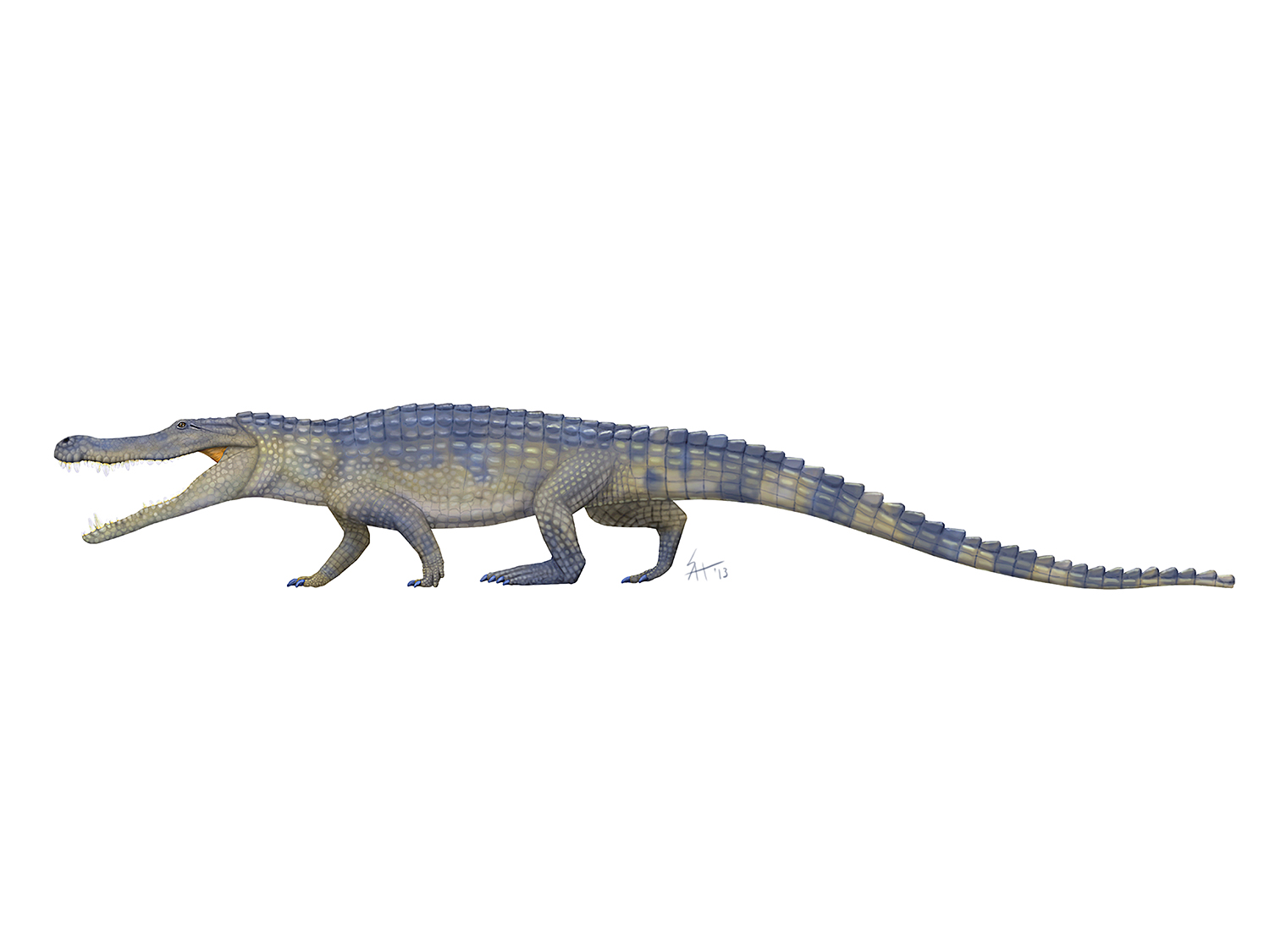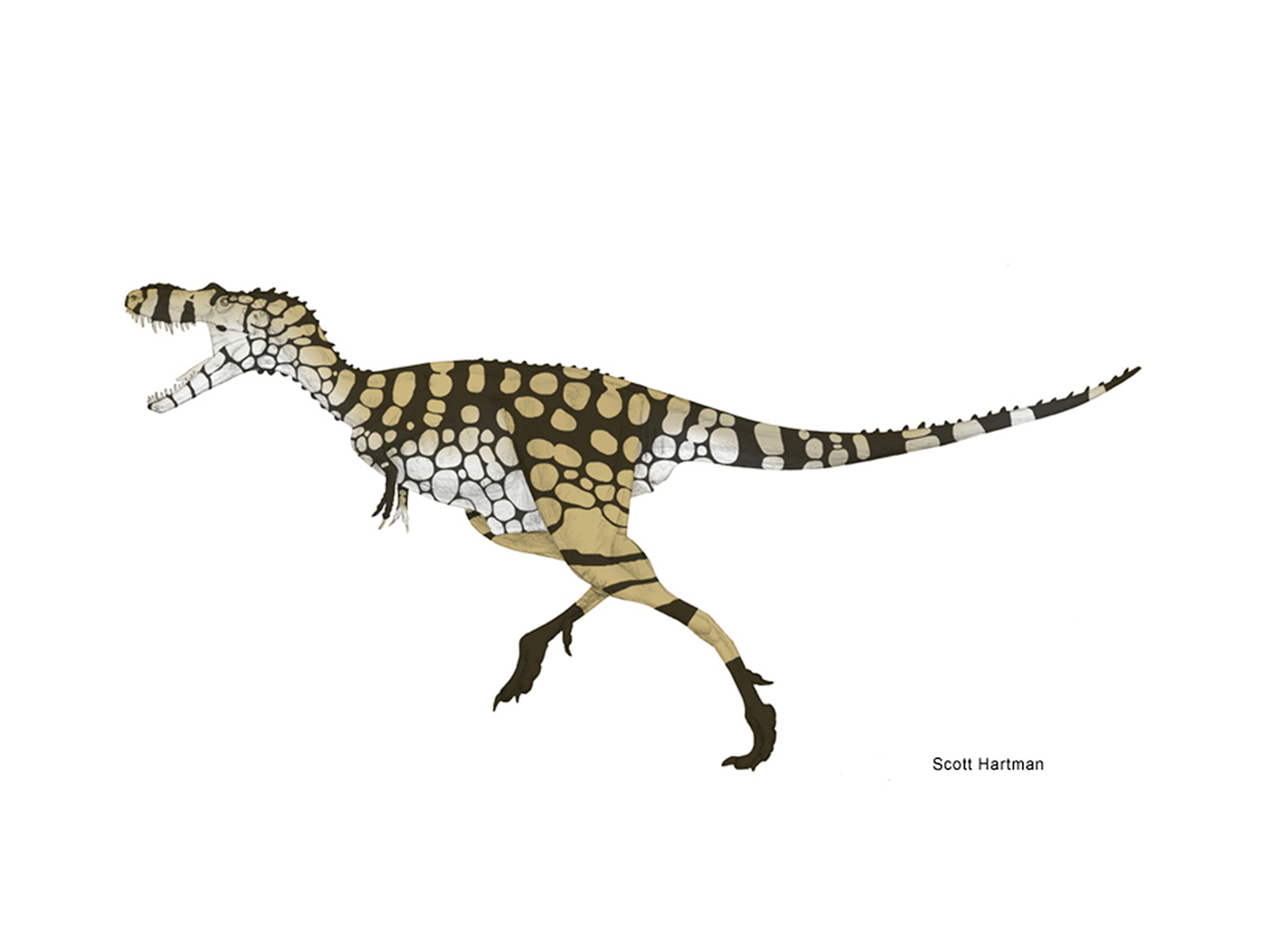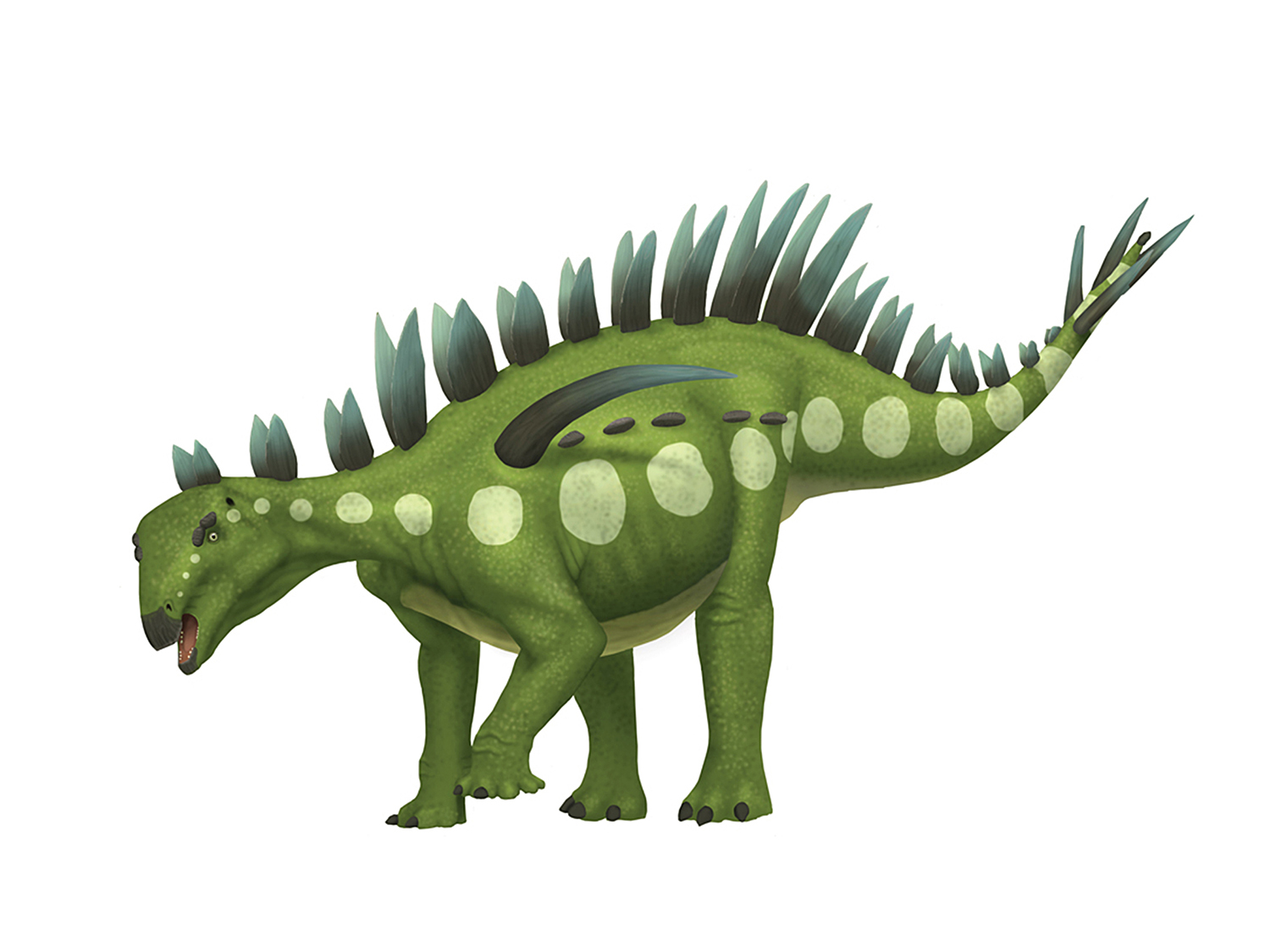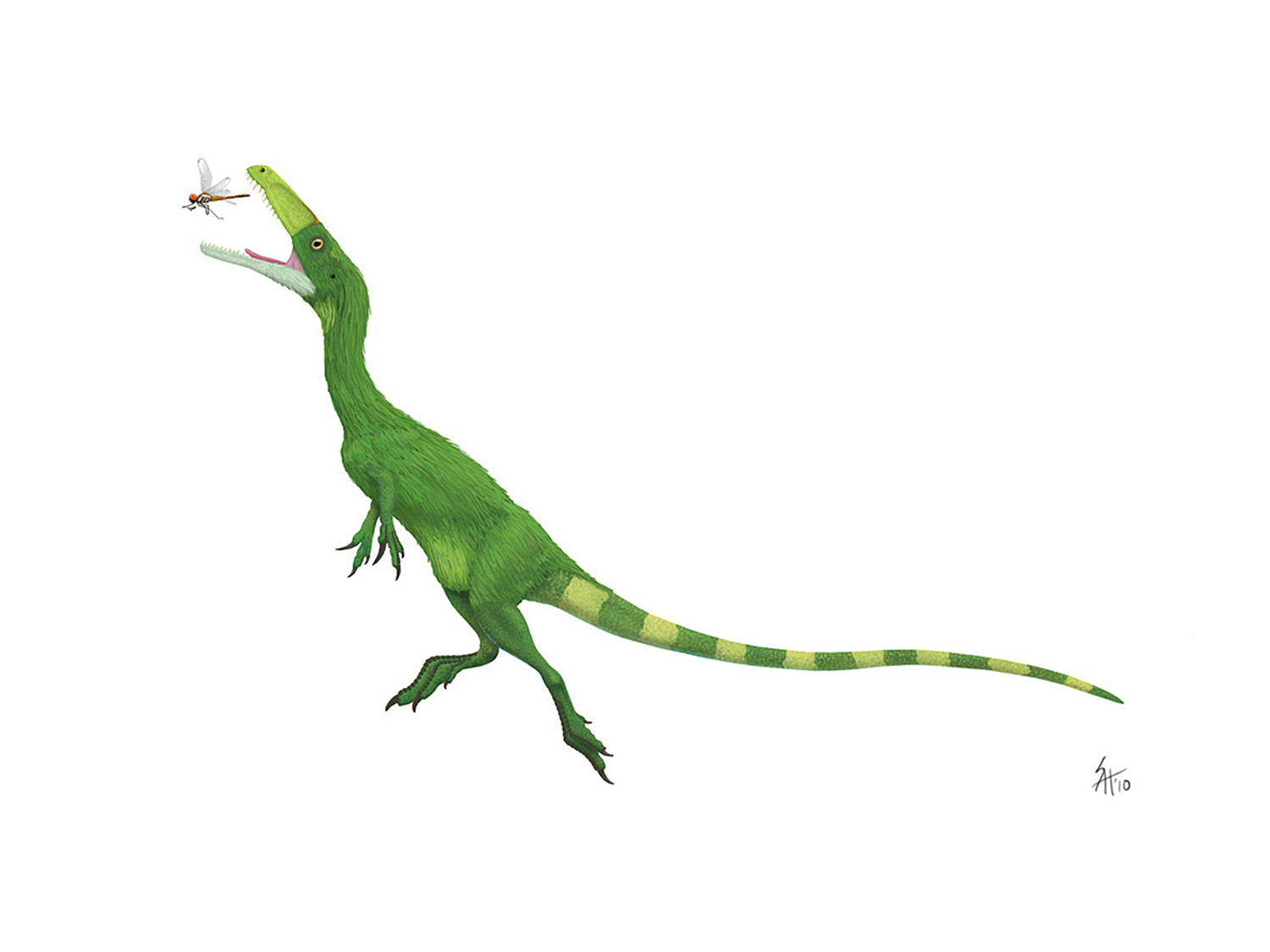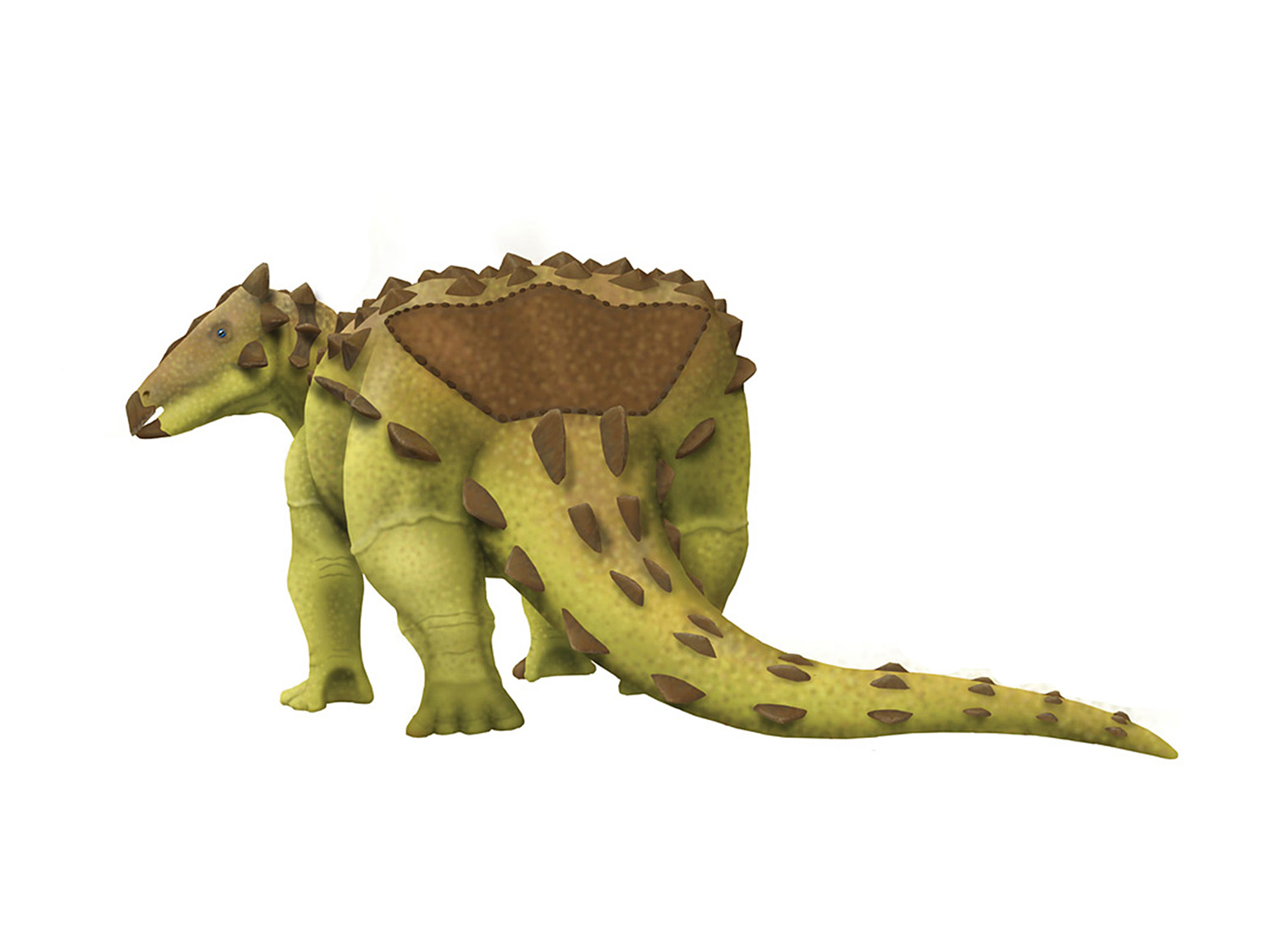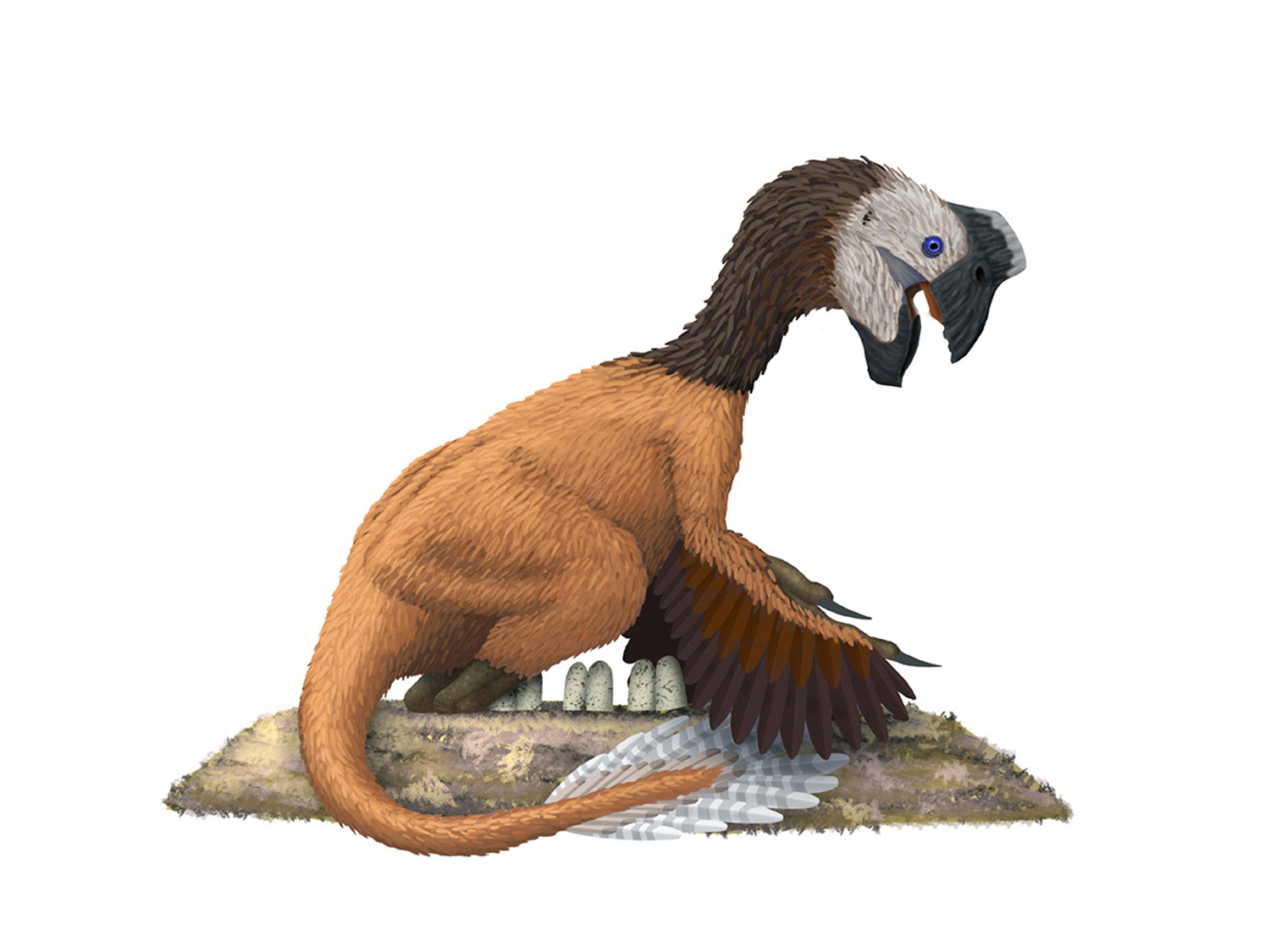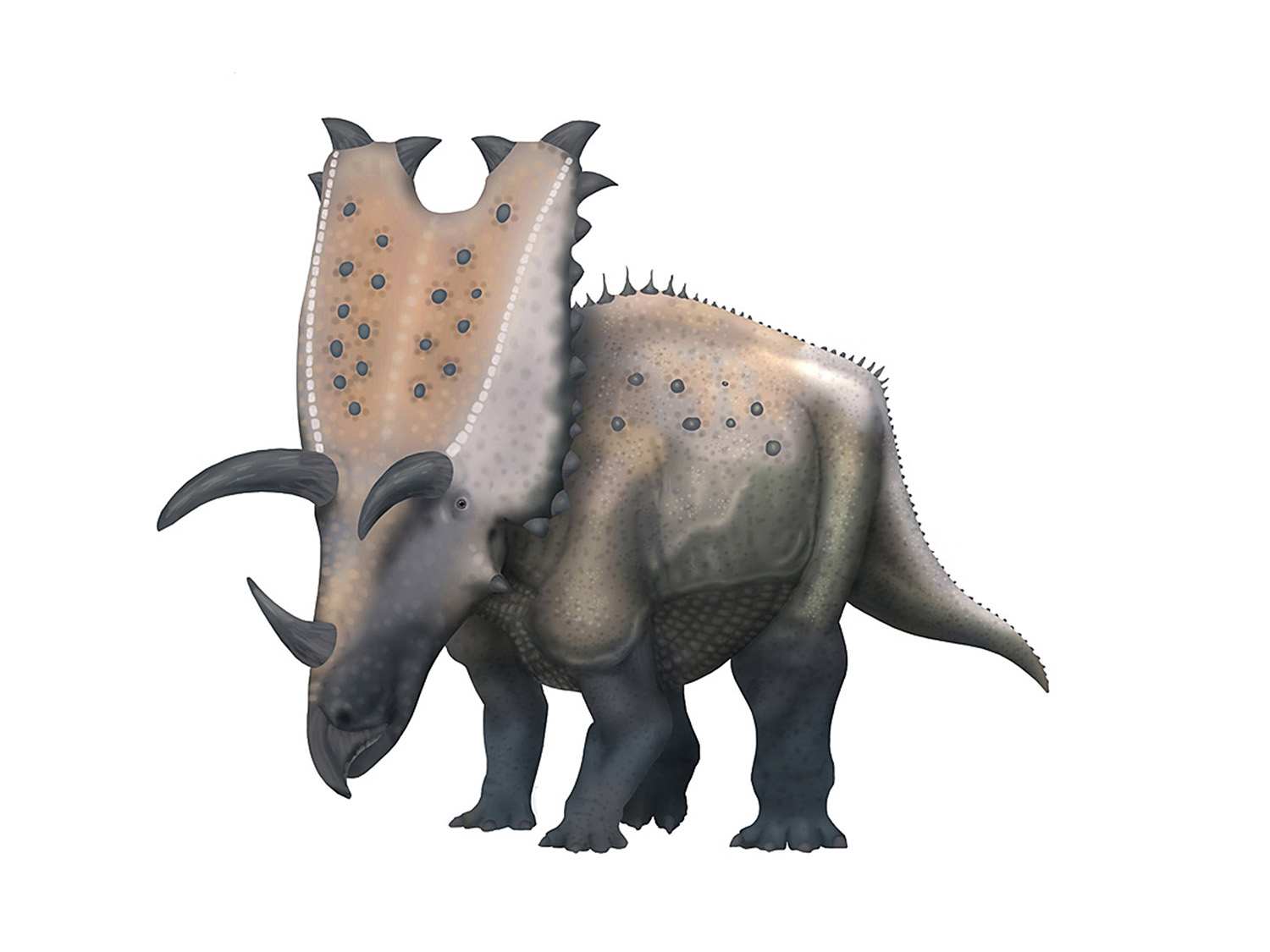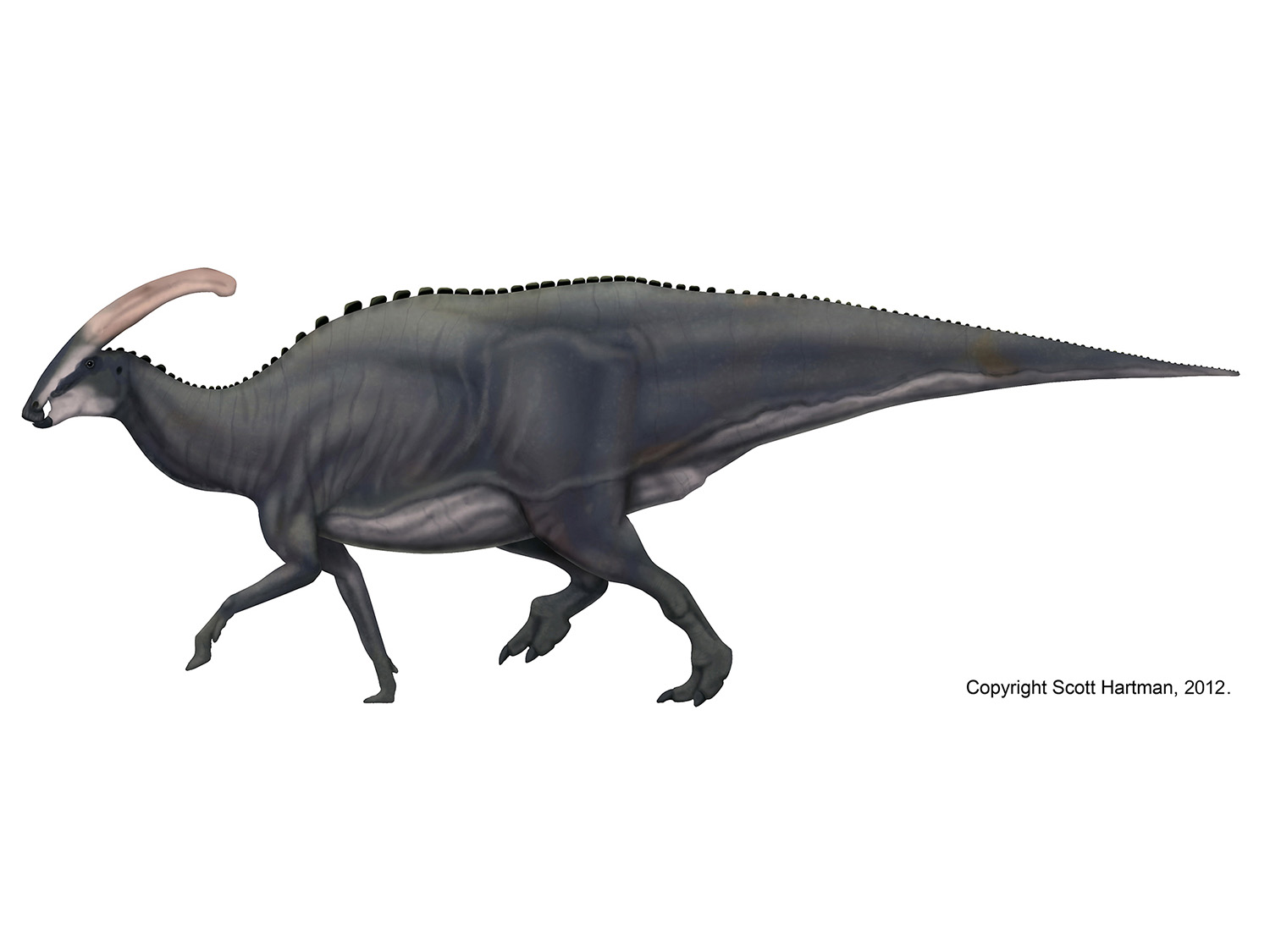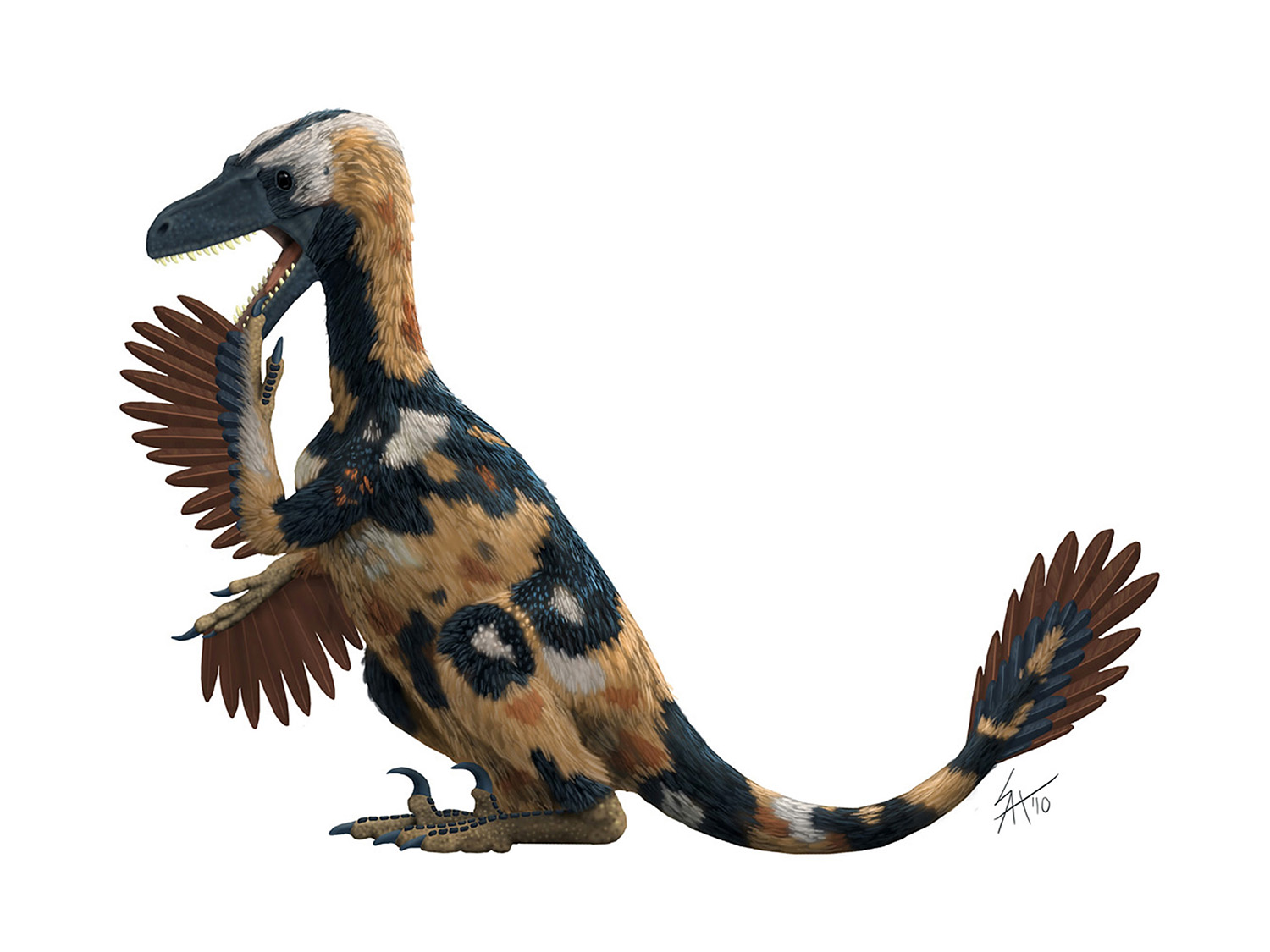Hesperornithoides: Frequently Asked Questions
/I’ve seen many questions raised about our recent publication of the Lori specimen, so here are some responses to the most common queries:
What is this about?
It is my pleasure to introduce Hesperornithoides miessleri, a small paravian theropod from the Late Jurassic Morrison Formation of Wyoming.
Where’s the paper? Gimme, gimme!
You can find the scientific publication here: Peerj
Finally!
I know, right?
Wait, what??
Oh, sorry! For those of you who don’t know, over a decade ago I and some coauthors presented a phylogenetic analysis of a small maniraptoran theropod dinosaur at SVP, where we found it was likely a troodontid. Known informally as “the Lori specimen”, the process of actually getting the specimen published has taken...more time than expected.
Why “Lori”?
It was named after a volunteer on the dig when the specimen was discovered.
OK, so tell me about Lor...Hesperornithoides?
Hesperornithoides is a small (less than 3 feet / 1m long) theropod that lived around 150 million years ago in the western United States. It has a well developed wishbone, some surprisingly large, bladed teeth, and a sickle-claw on its hind feet like Velociraptor and Troodon.
Did you do a skeletal drawing of it?
Like you had to ask! Here it is:
What sort of environment did Hesperornithoides live in?
You have to always be cautious with assuming that animals lived where they were buried, but in this case we have pretty solid evidence this was in fact the case. The specimen was found in a semi-arid wetland (sounds like a contradiction, I know), with no evidence of flowing water. Also, the specimen was found curled up, not unlike the resting posture found in other troodontids such as Mei and Sinornithoides. This suggests that Hesperornithoides lived where it was buried (at least for a portion of its life!). The structure and chemicals of the rocks Lori was found in suggest the area was semi-arid, but with a fairly high water table. So patches of shallow, standing water that was dominated by horsetails, ferns, cycads and herbaceous conifers (i.e. not many trees). It’s unknown, but also reasonable that Lori may have hunted small prey in and among these patches of plants.
Was Hesperornithoides feathered?
Without a doubt. While no skin impressions were preserved, the specimen’s family relationships show it deeply embedded within the group of birdlike theropods (pennaraptorans) that had not just feathers, but wings. It also has a nicely preserved wrist, including the enlarged semi-lunate wrist bone that winged theropods use to fold up their feathery arms.
So...could Hesperornithoides fly?
Definitely not. The arms are much too short.
If it didn’t fly, what were the wings for?
Several answers have been suggested. Enlarged wing feathers (even on the hind legs) can maintain ideal thermal conditions for eggs, which increases reproductive success. Wing feathers can be used for display, to win friends and scare your enemies. They can be flapped vigorously to aid in stabilization (e.g. for Raptor Prey Restraint style hunting) or they can be used to help an animal turn (or brake, or stick a landing with more accuracy) by pushing against the air. It’s likely that more than one of these hypotheses (and quite possibly all of them) played a role in driving the evolution of wings prior to flight.
But wait, what if winged theropods like Hesperornithoides evolved from flying ancestors?
Ah, very clever! That’s called the neoflightless hypothesis and it has several supporters, perhaps most famously Greg Paul who is largely responsible for popularizing it. The idea would require an earlier origin of bird flight, and then all of these winged theropods would have evolved from flying ancestors and subsequently lost flight (like the ostriches or dodos of the Mesozoic). It’s not an unreasonable idea, but we found little support for it.
Why don’t you think the neoflightless hypothesis is correct?
Ultimately it boils down to a question of phylogeny (who is related to whom) - either there are species that use aerial behavior at the base of winged theropods, or there isn't. We found convincing evidence not just that the earliest winged theropods didn’t fly, but also that the most primitive members of each winged subgroup were flightless. In fact, we found evidence suggesting that the earliest avialans (dinosaurs closer to birds than to dromaeosaurs and troodontids) didn’t fly.
So, how does this compare to other phylogenetic analyses?
It hasn’t been uncommon for other scientists to find similar results to ours, but it hasn’t been universal either. One concern we had was trying to increase the number of species in our analysis. “Exciting” winged theropods like Microraptor and Archaeopteryx are always included in past analyses, while lesser known or less complete species are often left out. We were concerned this had the potential to bias results, so we dramatically expanded the number of species in our analysis. The results (as stated above) was a clear preference for flight showing up higher in the family tree, long after wings had evolved.
Have other questions? Email me or post them below and I’ll write up a second post to answer them.



